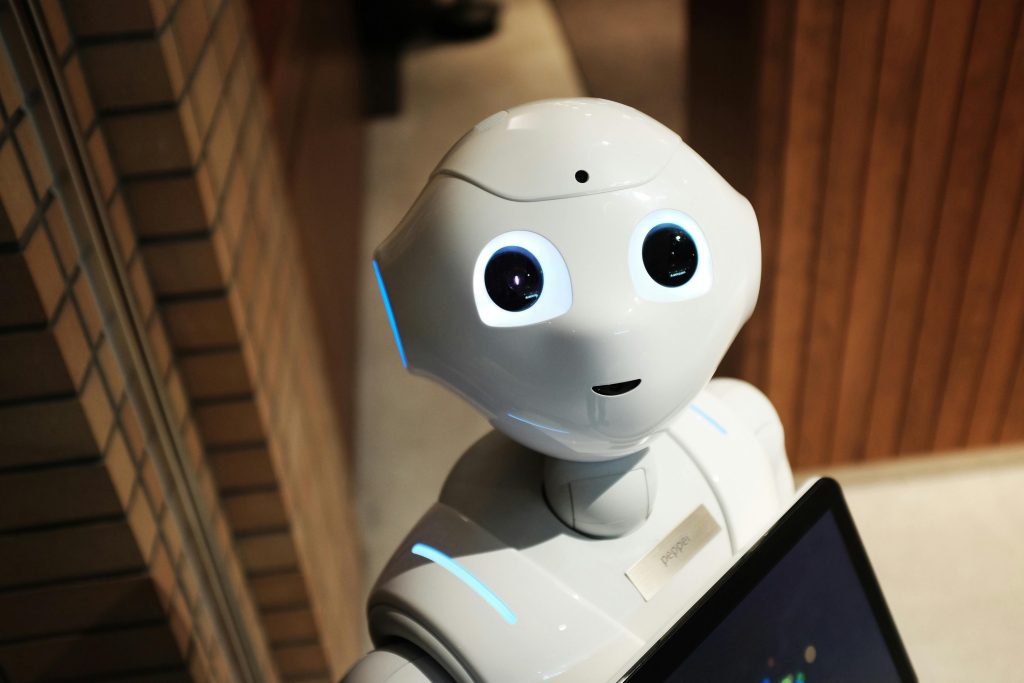
Agentic AI Explained – The Future of Autonomous Intelligence and Action
What Is Agentic AI?
Agentic AI refers to artificial intelligence systems that demonstrate “agency”—the ability to act independently, make decisions, and adapt strategies to accomplish goals. Unlike traditional AI, which depends on fixed input-output structures, agentic systems learn continuously and take initiative across varying environments.
Agentic AI exhibits:
- Autonomy: Performs complex tasks without direct human control
- Goal-Oriented Behavior: Focuses on achieving defined objectives
- Adaptability: Modifies behavior based on environment and feedback
- Strategic Reasoning: Makes decisions based on logic, risk, and data
These systems function like intelligent agents or virtual assistants, but on a broader scale—planning, prioritizing, and operating across domains with minimal human input.
🌐 External Resource: Stanford HAI – Autonomous Agents
From Rule-Based Logic to Agentic Intelligence
The history of Agentic AI began with simple rule-based logic in the 1960s and advanced through the development of machine learning, natural language processing, and reinforcement learning. Milestones include:
- 1960s–80s: Rule-based expert systems
- 1990s–2000s: Rise of machine learning
- 2010s: Deep learning and NLP
- 2020s: Reinforcement learning and agent-based decision-making
Agentic AI marks the convergence of these technologies to create self-directed digital agents. This shift isn’t just technical—it represents a new AI paradigm that blends perception, cognition, and action into one seamless capability.
Technologies Behind Agentic AI
- Reinforcement Learning (RL): Trial-and-error systems learning through feedback
- Large Language Models (LLMs): GPT-4, BERT enable human-like understanding
- Multi-Agent Systems: AI networks solving distributed problems
- Cognitive Architectures: SOAR, ACT-R simulate human decision pathways
- Autonomous Planning Engines: AI selects, sequences, and optimizes actions
- World Models: Simulated environments that help agents plan long-term
- Embodied AI: Robots with physical presence that act based on sensory feedback
🔗 Internal Link: AI Tools You Can’t Live Without in 2025
Benefits of Agentic AI
- Advanced Automation: Streamlines business processes and daily tasks
- Decision-Making Support: Synthesizes complex data into strategic insights
- Continuous Operability: Offers 24/7 performance without fatigue
- Customized Interaction: Powers personalized education and marketing
- Augmented Intelligence: Supports doctors, engineers, and creatives in real-time
- Predictive Capability: Anticipates needs before users ask
- Crisis Response: Agentic systems are being used for disaster mapping and emergency planning
Challenges & Ethical Dilemmas
- Ethical Decision-Making: Who’s accountable when AI makes mistakes?
- Bias in Data: Reinforces inequality in justice, hiring, or credit decisions
- Cybersecurity Risks: Agents can be exploited or manipulated
- Job Displacement: Threatens clerical, support, and repetitive job roles
- Regulatory Lag: Laws and guidelines are struggling to keep pace
- Loss of Human Skills: As agents take over complex decisions, human expertise may atrophy
- Black Box Decisions: Lack of explainability in some deep learning-based agents
🌐 External Source: AI Now Institute – AI Regulation
Real-World Applications
- Healthcare: Smart schedulers, diagnostic assistants, surgical robotics
- Finance: Autonomous trading bots, fraud detection systems
- Manufacturing: Predictive maintenance, logistics planning agents
- Education: AI tutors tailoring lessons to individual learning styles
- Entertainment: Dynamic content generation for games and media
- Smart Cities: Agents optimizing traffic flow, energy usage, and safety
- Space Exploration: Mars rovers and drones with onboard agentic logic
🔗 Internal Link: 2025’s Most Googled Questions
Future of Agentic AI
- Self-Improving Agents: Capable of redesigning and updating themselves
- Collaborative Intelligence: Seamless interaction between humans and agents
- AI Rights Debate: Ethical conversations around agency, autonomy, and identity
- Pervasive Adoption: Embedded in homes, vehicles, workplaces, and cities
- Hyper-Personalization: Agents that understand emotion and context
- AI Literacy in Education: Teaching students how to collaborate with agentic systems
- Digital Sovereignty: Questions about whether agents represent users or institutions
Best Practices for Responsible Use
- Transparency: Clear explanations of AI behavior
- Auditability: Action logs to trace decisions
- Bias Mitigation: Inclusive datasets and regular validation
- Human-in-the-Loop Systems: Critical decisions require human approval
- Robust Security Protocols: Safeguards against unauthorized manipulation
- Ethical Impact Assessments: Required before deployment in sensitive sectors
- Ongoing Monitoring: Agentic systems must be updated with safeguards as they learn
Conclusion
Agentic AI is transforming the way machines interact with the world—not just as tools, but as autonomous decision-makers. The shift from reactive algorithms to proactive digital agents creates immense opportunity but requires careful design, oversight, and regulation. As we enter a new era of machine autonomy, embracing Agentic AI with responsibility will shape a more intelligent, ethical, and human-aligned future.
Whether deployed in a hospital, a classroom, or an autonomous vehicle, these intelligent agents must work in partnership with humans to ensure outcomes that align with our values and interests.
Empower your understanding of AI—only at Fact Foster.
Focus Keywords: Agentic AI, autonomous AI systems, agentic artificial intelligence, AI with decision-making, AI future trends 2025, AI regulation, real-world AI applications
Empower your understanding of AI—only at Fact Foster.
0 thoughts on “Agentic AI Explained – The Future of Autonomous Intelligence and Action”
Leave a Reply
You must be logged in to post a comment.

[…] Read more about AI productivity tools for daily life […]